Whispers from the Tombs: The Valley’s Enduring Mysteries
The Valley of the Kings, nestled along the Nile’s western bank near Luxor, Egypt, is a place where history and mystery intertwine like the sands of the desert. This ancient necropolis, home to the tombs of pharaohs and their queens, is renowned for its archaeological treasures—intricate hieroglyphs, golden artifacts, and the silent stone chambers that once cradled Egypt’s royalty. Yet, beyond its historical grandeur, the Valley is steeped in tales of the supernatural, with visitors and night watchmen reporting eerie encounters that defy explanation. From ghostly apparitions to chilling sounds echoing through the desert night, the Valley of the Kings is as much a haunt of spirits as it is a testament to ancient engineering. Moon Mausoleum recounts stories of spectral figures and the infamous curse of Tutankhamun, cementing the Valley’s reputation as one of Egypt’s most haunted sites. These phenomena have drawn paranormal enthusiasts and historians alike, each seeking to unravel the secrets of this sacred ground.
What sets the Valley apart is its unique ability to blend the tangible with the ethereal. The tombs, carved deep into the limestone cliffs, were designed to ensure the pharaohs’ safe passage to the afterlife, filled with treasures and provisions for eternity. Yet, the ancient Egyptians’ obsession with the afterlife—evident in their mummification practices and belief in the soul’s enduring ka—may have left more than just artifacts behind. Vocal Media notes that the spirits of pharaohs are believed to guard their resting places, with reports of shadowy figures flitting through tomb corridors and disembodied whispers haunting the silent chambers. These stories suggest that the Valley is not just a historical site but a liminal space where the veil between the living and the dead is perilously thin, especially under the cover of night.
Pharaohs and Fiery Chariots: Tales of Spectral Guardians
Among the most captivating tales is that of a pharaoh’s ghost riding a fiery chariot through the Valley. Night guards and visitors have reported sightings of a spectral figure, often described as a short-statured pharaoh in full regalia, commanding a chariot drawn by black horses wreathed in flame. Moon Mausoleum describes this apparition as a recurring phenomenon, with the clatter of wheels and the pounding of hooves breaking the desert’s stillness. While some speculate this could be Tutankhamun himself, whose tomb (KV62) was discovered in 1922 by Howard Carter, the identity of this ghostly rider remains unknown. The legend fuels speculation about the Valley’s restless spirits, perhaps bound by ancient curses or their duty to protect their sacred tombs. The idea of a pharaoh’s spirit patrolling the Valley aligns with ancient Egyptian beliefs that the dead could influence the living, especially to punish those who disturb their rest.
The curse of Tutankhamun’s tomb is perhaps the most famous supernatural narrative tied to the Valley. When Carter’s team unearthed the boy king’s tomb, the subsequent deaths of several individuals, including Lord Carnarvon, sparked rumors of a curse. Ancient Origins points out that while six of the 26 people present at the tomb’s opening lived long lives, the sensationalized stories of untimely deaths—attributed to poison, illness, or accident—have kept the curse alive in popular imagination. Skeptics argue these were coincidences, noting that ancient curses were rare and often symbolic, meant to protect ritual purity rather than punish intruders. Yet, the persistent tales of misfortune, combined with reports of strange screams and footsteps in the Valley, as documented by Moon Mausoleum, keep the curse’s mystique alive, making it a focal point for those exploring Egypt’s paranormal history.
Unveiling the Unknown: Exploring the Valley Today
For those drawn to the Valley’s mysteries, visiting this UNESCO World Heritage Site offers a chance to step into a world where history and the supernatural converge. The Valley of the Kings is accessible through guided tours from Luxor, with operators like Egypt Tours Portal offering immersive experiences led by knowledgeable guides such as Mahmoud Nour, who provide historical context and insights into the Valley’s enigmatic aura. Visitors can explore iconic tombs like those of Ramses II and Seti I, though some, like Tutankhamun’s, require special permits due to preservation efforts. The Valley’s eerie atmosphere is most palpable at night, though public access is limited after dark. Those brave enough to visit during religious festivals or full moons—times when Vocal Media suggests spiritual activity peaks—may sense the otherworldly energy that permeates the site. The Valley’s haunting allure is not just in its ghosts but in the unanswered questions it poses about life, death, and the afterlife in ancient Egypt.
Beyond the supernatural, the Valley remains a hub of archaeological discovery, with ongoing excavations uncovering new secrets. Recent scans, as noted by Best Diplomats, suggest hidden chambers in Tutankhamun’s tomb, possibly linked to Queen Nefertiti, whose resting place remains one of Egypt’s greatest unsolved mysteries. These findings fuel speculation about what else lies buried beneath the sands, waiting to be discovered. For thrill-seekers and history buffs alike, the Valley of the Kings is a must-visit, offering a blend of tangible history and intangible mystery. Whether you’re drawn by the lure of ghostly pharaohs or the quest to understand ancient Egypt’s spiritual legacy, the Valley promises an experience that lingers long after you leave its sun-scorched cliffs.

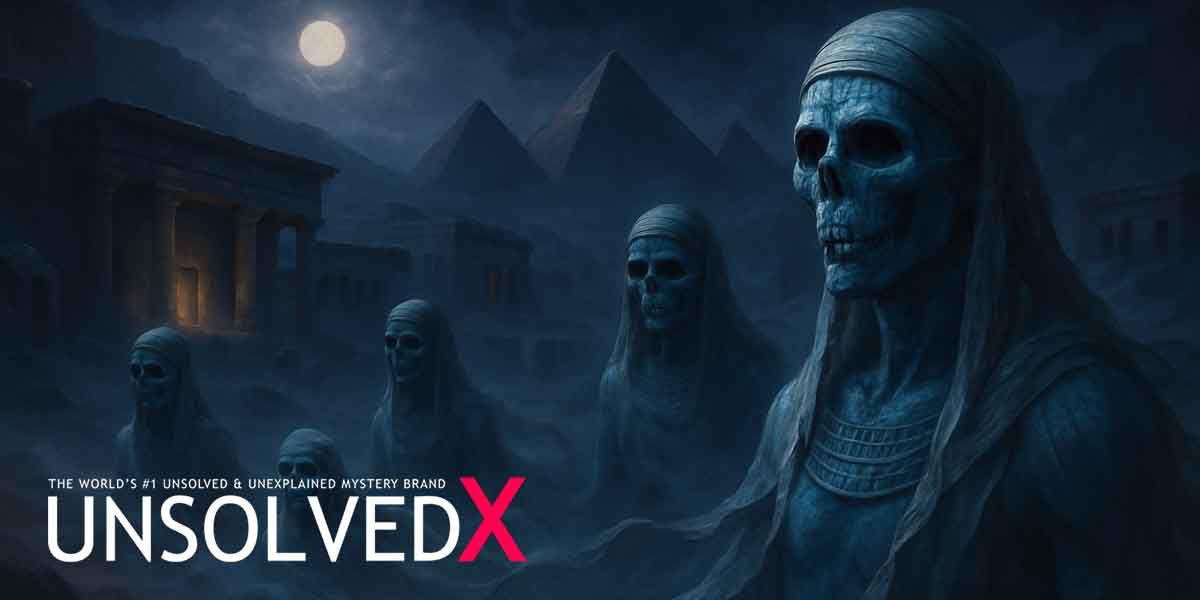
.jpeg)
.jpeg)
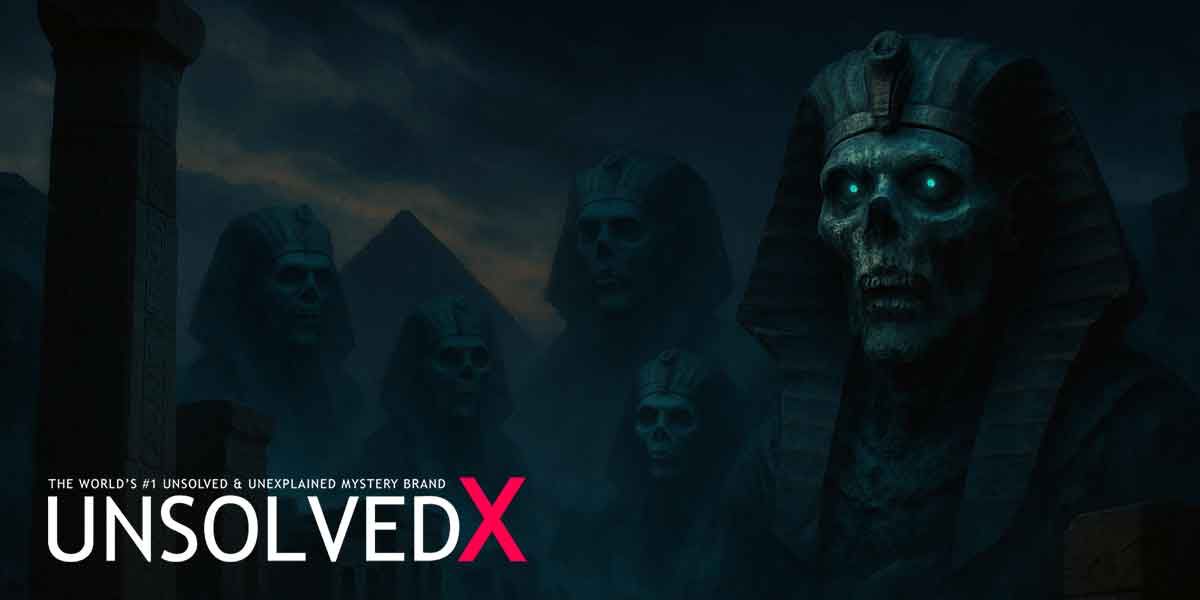
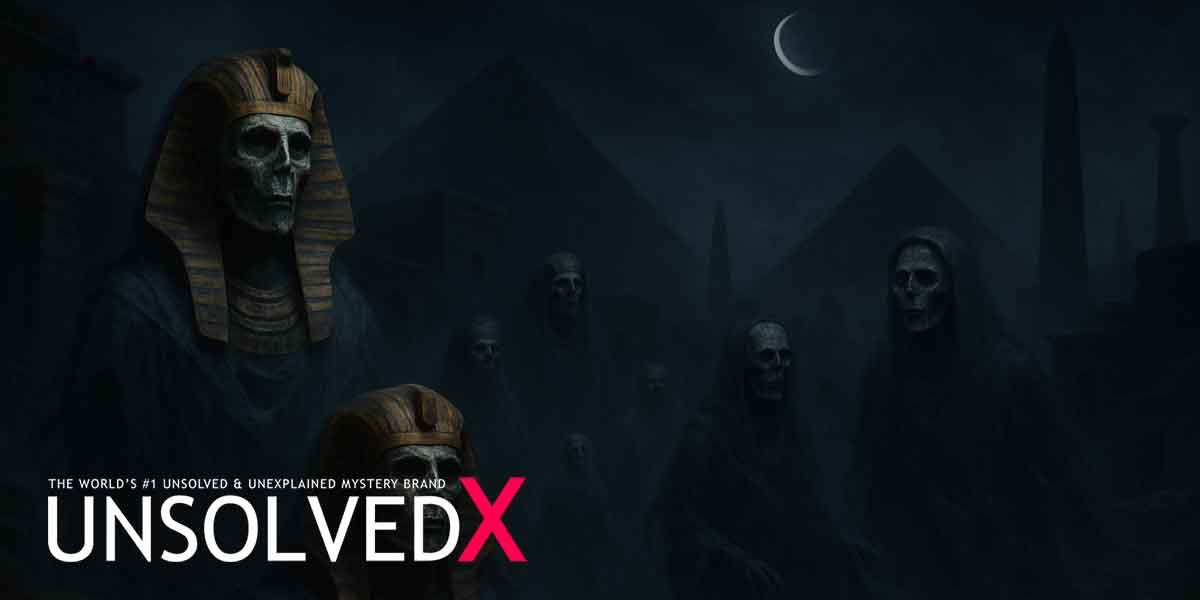
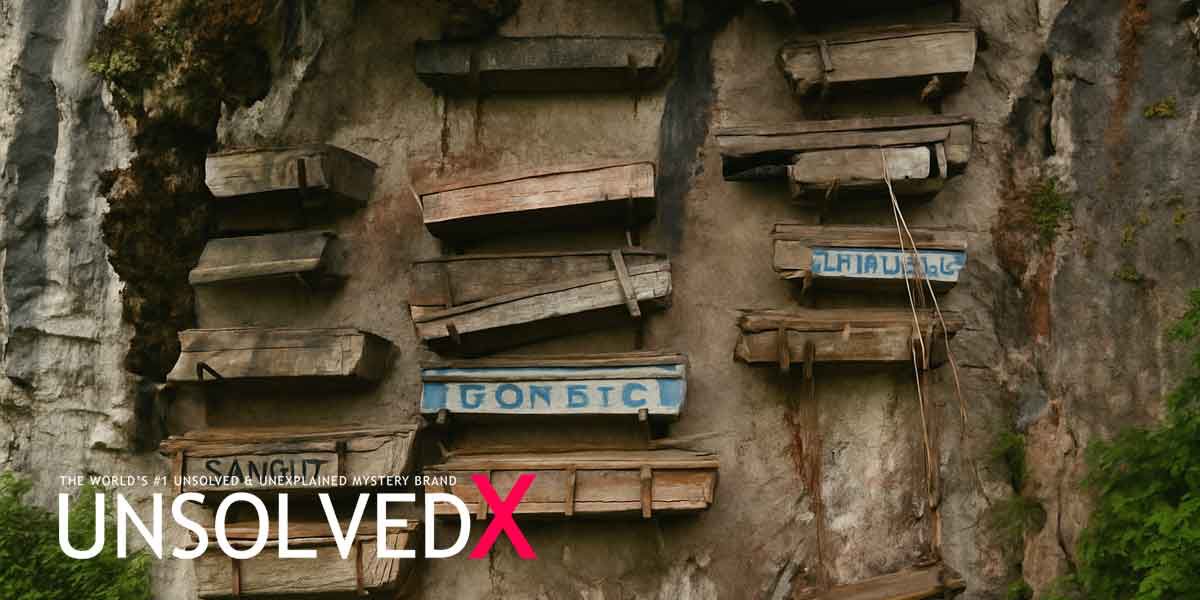
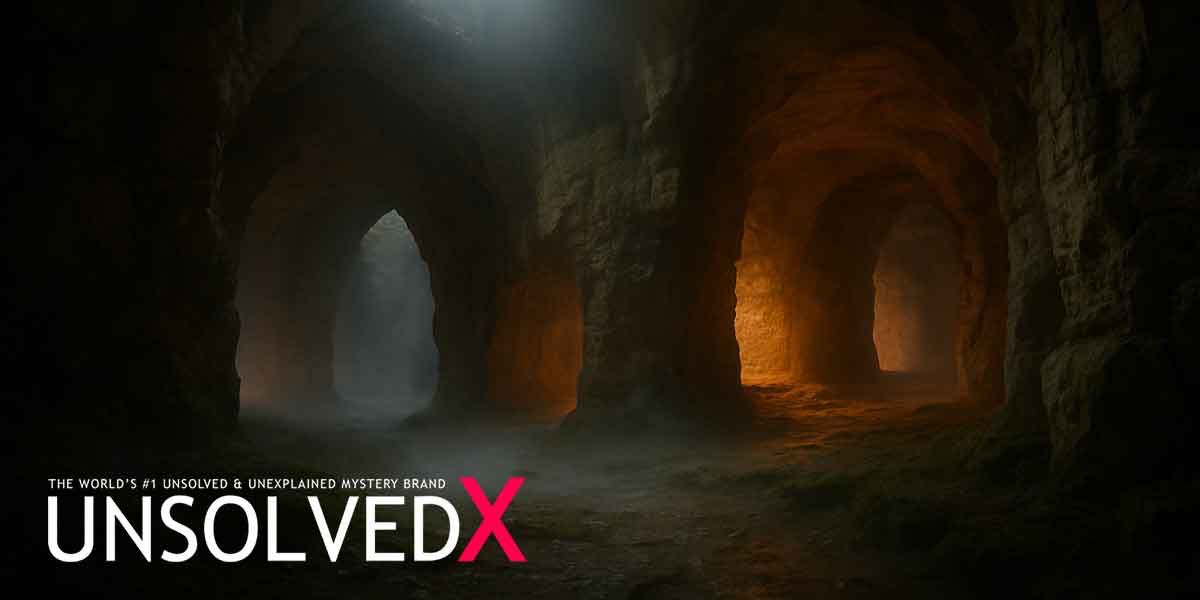
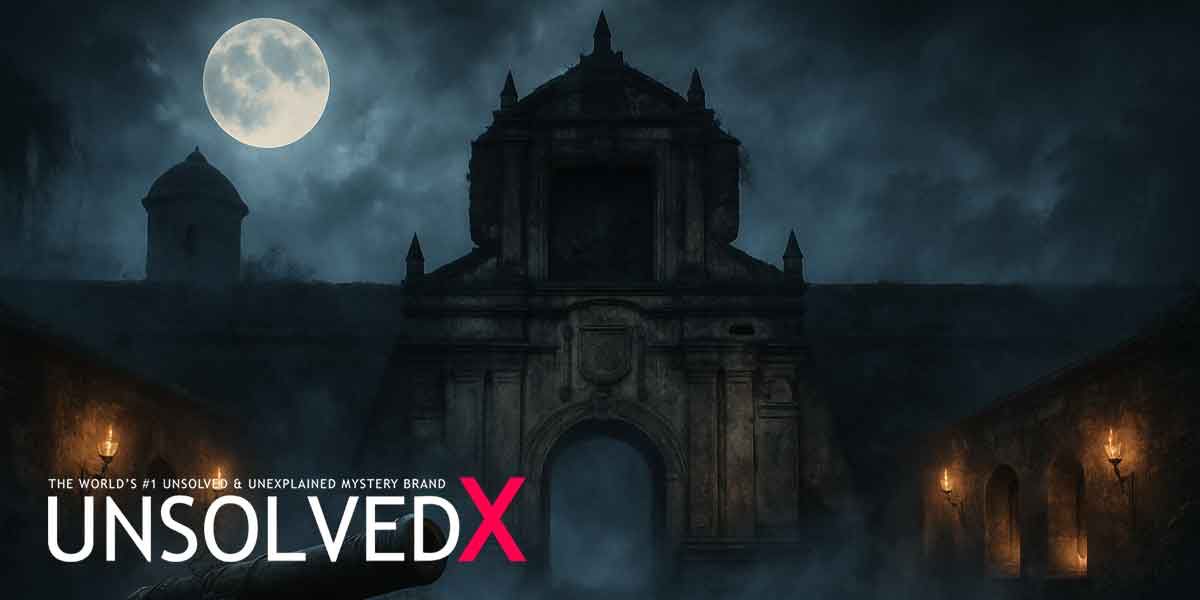
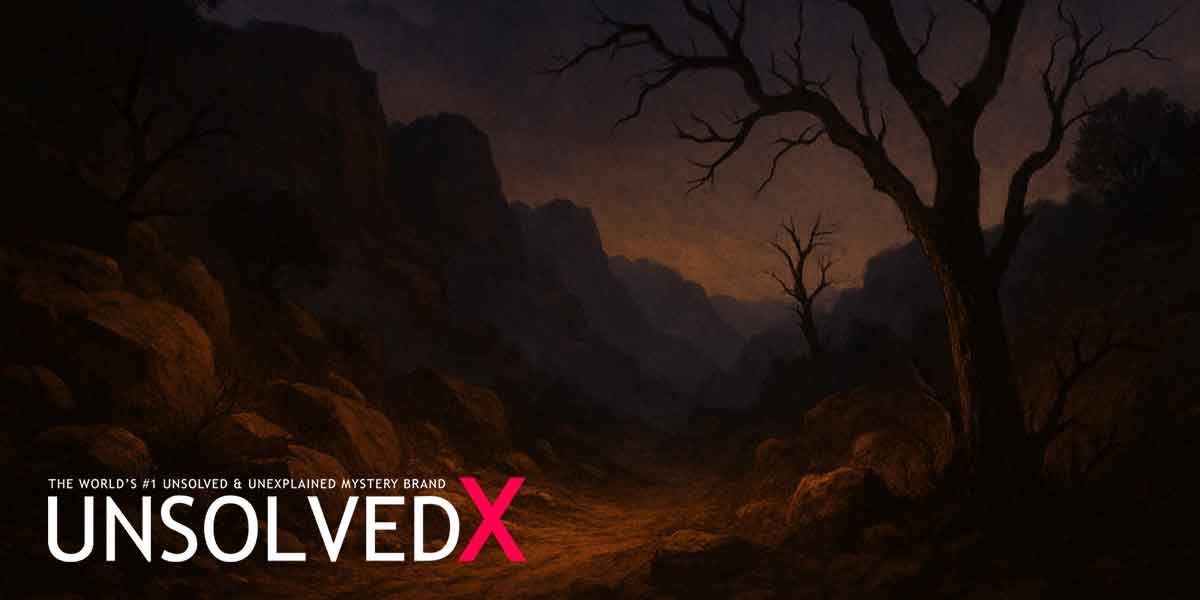


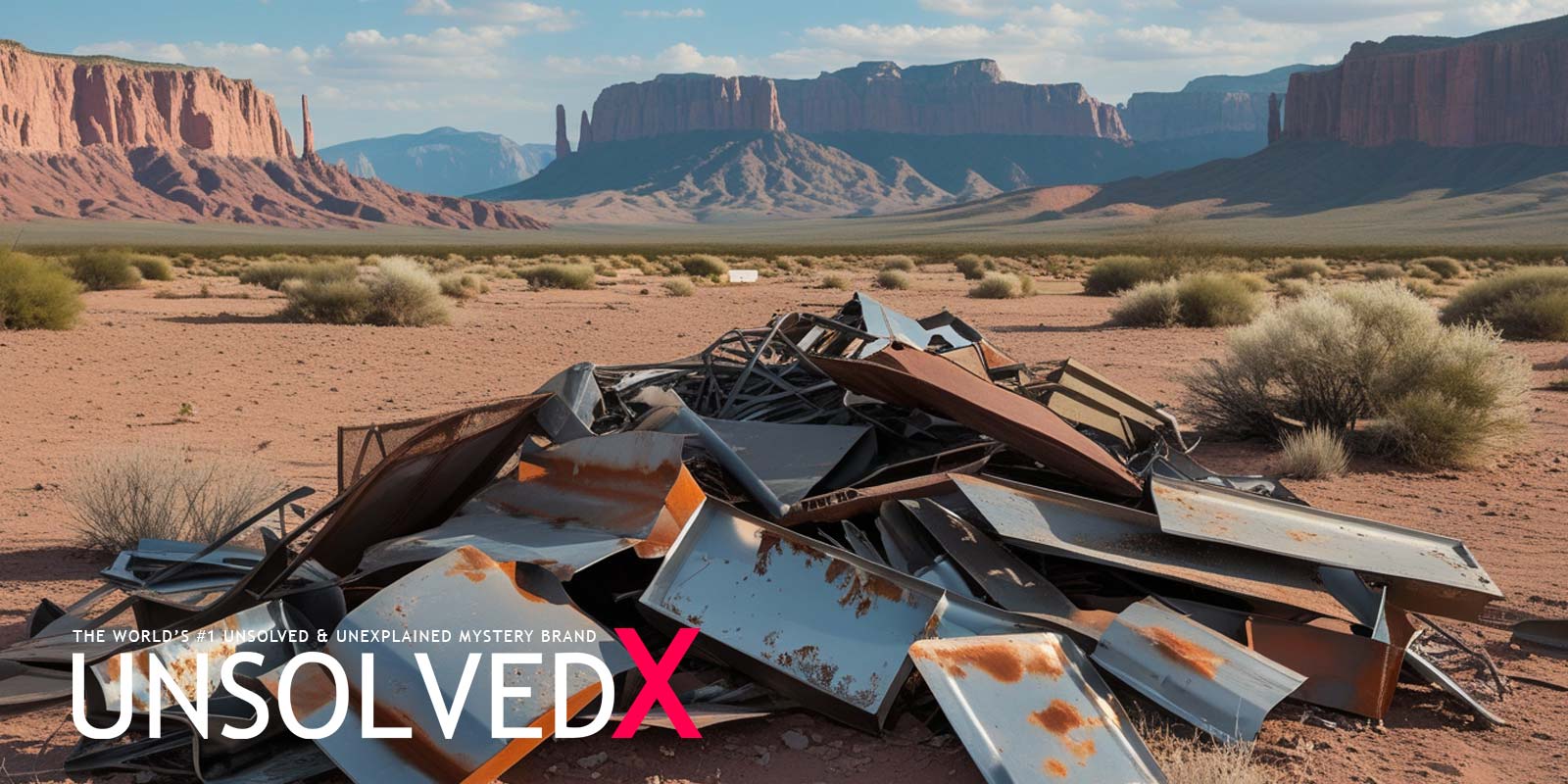

Comments
Comments section coming soon!